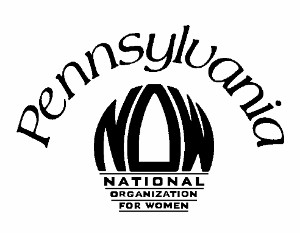Income Highlights
- We now have the largest number of people living in poverty in the United States since we started measuring poverty levels. That's 43.56 million people or 14.3% of the entire US population.
- Pennsylvania is better off than much of the rest of the country - our poverty rate stood at 11.1%.
- More adult women (13.9%) than adult men (10.5%) are living in poverty.
- The rate of poverty increased in all types of families - married couples, female-only headed households, and male-only headed households.
- Over one-third of single-mother families (38.5%) are living in poverty - the highest level since 1998.
- Women continue to earn only 77% on average of what men are earning.
- Data on the number of people with health care insurance was first collected in 1987.This is the first year that the number of people with health insurance decreased.
- 16.7% or 50.7 million people in the US went without health insurance last year.
- Significant increases in uninsured people occurred across all races except for people of Asian descent.
- The percentage of people covered by employer-based health insurance decreased to 63.9% of the population - the lowest level since 1987 when this data was first collected.
- The percentage of people covered by the government health insurance programs increased to 30.6% -this include Medicare, Medicaid, Veteran's Health Care, Military Health Care, and the Children's Health Insurance programs.
These numbers may have been even more dismal if we hadn't had the safety net built of the federal stimulus initiatives aimed at low-income earners and the extension of unemployment benefits. According to a story aired today on NPR, these two programs alone "are credited with helping keep 3.3 million people out of poverty."
These programs should be continued. And more can be done. Congress needs to:
- Remove the tax cuts on families with incomes over $250,000. This will add more money to the budget so that we can infuse more funds into programs for the middle and lower income levels. It will also help reduce the burden-producing debt of the current economy.
- Pass of the Paycheck Fairness Act. It passed the House last year and is still awaiting a vote in the US Senate. This Act will help reduce gender-based wage discrimination and allow women to be paid equitably. Implementation of this will will, over the long haul, reduce the wage gap between men and women.
- Oppose Senator Mitch McConnell's proposed bill to eliminate the earned income tax credit for low income families.
- Allow states to create single-payer health care plans. Pennsylvania's proposed plan, for example, would result in all people in the state receiving health care at an affordable level. Everyone in. Nobody out. If you are unemployed and living in poverty, you would still get health care. Details about this plan can be found here.

No comments:
Post a Comment